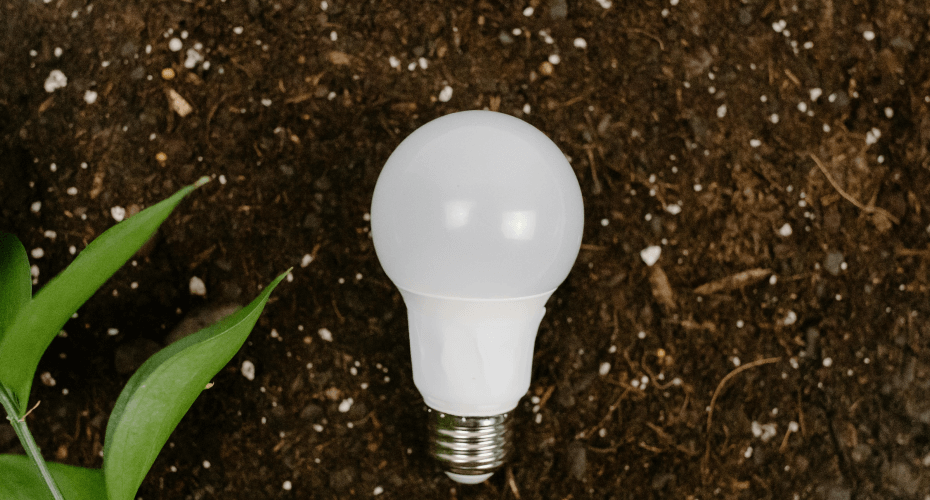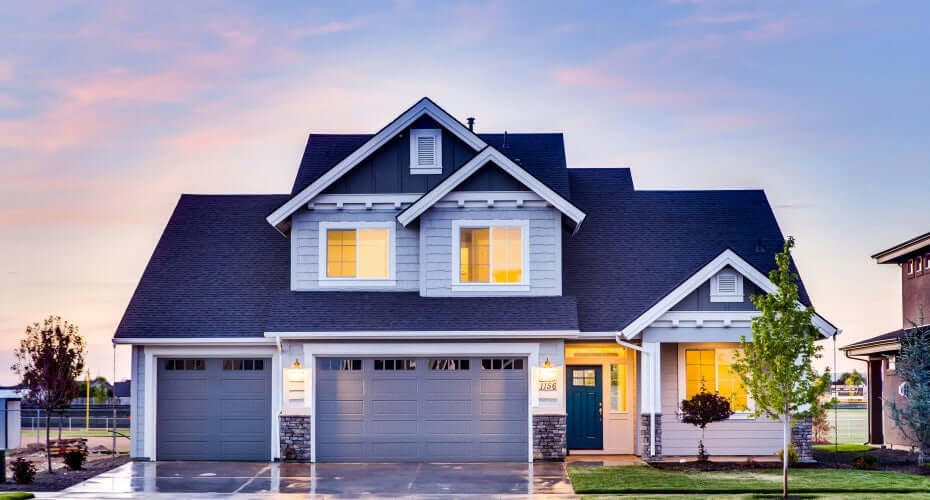Ever walked into a grand hall and felt the ambiance immediately set by its lighting? Lighting plays a crucial role in defining the atmosphere, functionality, and safety of large spaces. Whether it's for a warehouse, office building, gymnasium, or garage, the correct lighting solutions enhance visibility, safety, and overall user experience. This blog will guide you through the essential considerations and highlight how to choose a suitable tailored lighting solutions for large spaces. Let’s go through the process of selecting the perfect lighting sources fixtures to meet your needs.

Understanding the Space:
Purpose of the Space:
-Identify the primary activities taking place in the space.
For example, a sports facility requires uniform lighting to avoid shadows and glare, while a warehouse needs bright, focused lighting for safety and efficiency.
Size and Layout:
-Consider the dimensions of the space and the layout of the equipment or furniture.
This will influence the number and placement of light fixtures needed to achieve uniform illumination.
Ceiling Height:
-The height of the ceiling significantly affects the type of lighting fixtures and their placement.
High ceilings, common in warehouses and industrial spaces, often require high-intensity lighting such as high bay LED lights to ensure adequate illumination at floor level.
Reflectivity of Surfaces:
The color and reflectivity of walls, floors, and ceilings can influence the lighting needs. Lighter surfaces reflect more light, which can reduce the number of fixtures required, while darker surfaces absorb light, necessitating more or brighter fixtures.
Types of Large Spaces:
Industrial
- Warehouse
- Sports Facilities
… etc.
Commercial
- Event Hall
- Retail Store
… etc.
Residential
- Yard
- Garage
- Kitchen
…etc.
Large spaces come in various forms, each with unique requirements. Understanding the specific objectives and lighting needs of each type can help in selecting the most suitable lighting solutions.
Assessing Needs:
Understanding the specific needs of your space is the first step.
Consider the activities that will take place, the natural light available, and the overall ambiance you wish to create. This assessment will inform your lighting choices and help you achieve the desired effect.
Types of Lighting Sources
Natural vs. Artificial Lighting:
Natural lighting, such as skylights and large windows, can create a welcoming and energy-efficient environment. However, it’s often insufficient for large spaces, especially at night or in poorly lit areas. Artificial lighting, including LEDs and fluorescents, fills this gap, providing consistent and controllable light.
LED Lighting:
LED lighting is a popular choice for large spaces due to its energy efficiency, longevity, and versatility. LEDs come in various color temperatures and can be easily dimmed, making them suitable for different activities and moods.
Fluorescent Lighting:
Fluorescent lights are known for their brightness and cost-effectiveness. They are ideal for spaces that require uniform, bright lighting, such as warehouses and offices. However, they may not be as versatile as LEDs when it comes to color temperature and dimming options.
Key Considerations for Choosing Lighting
Brightness and Coverage:
To determine the right level of brightness, consider the lumens required for your space. Large spaces typically need more lumens to ensure adequate lighting. Ensure the lighting covers the entire area evenly to avoid dark spots and shadows.
Color Temperature:
Color temperature, measured in Kelvin, affects the ambiance and functionality of a space. Warm light (around 2700K-3000K) creates a cozy, inviting atmosphere, ideal for lounges and hospitality areas. Cool light (4000K-5000K) is more suitable for high-activity areas like gyms and workspaces, as it enhances alertness and visibility.
Dimmability and Controls:
Dimmable lights and smart lighting controls provide flexibility and energy savings. They allow you to adjust the lighting to match different activities and moods, making your space more versatile and efficient.
Energy Efficiency:
Energy-efficient lighting solutions reduce operational costs and have a smaller environmental footprint. LEDs are particularly advantageous in this regard, offering significant savings over their lifespan.
Lighting Solutions in Action: Applications in Various Scenarios
Industrial Examples:
Warehouses: For a warehouse, prioritize bright, focused lighting with high lumens and cool color temperatures. LED high bay lights are an excellent choice due to their high efficiency and longevity.
Sports Facilities: Uniform lighting with minimal glare is crucial in sports facilities. LED floodlights provide bright, even lighting and can be adjusted to reduce glare.
Commercial Examples:
Event Halls: Versatility in lighting is essential for event halls, which host various activities. Dimmable LED lights allow for adjustable ambiance, catering to different events from conferences to weddings.
Retail Stores: Effective lighting is crucial in retail stores to enhance the shopping experience and highlight products. Track lighting with adjustable LED fixtures allows for focused illumination, drawing attention to key merchandise and displays.
Residential Examples:
Yard: For a yard, prioritize bright, focused lighting with high lumens and cool color temperatures. LED floodlights are an excellent choice due to their high efficiency and longevity. These lights provide ample illumination for outdoor activities and improve security by reducing dark spots.
Garage: Uniform lighting with minimal glare is crucial in garages. LED ceiling lights provide bright, even lighting and can be adjusted to reduce glare. Task lighting such as under-cabinet lights is essential for workbenches and detailed tasks. Motion sensor lights are a practical addition, ensuring the garage is lit only when in use, which saves energy.
Kitchen: Bright, task-oriented lighting is essential in kitchens to ensure safety and efficiency. Under-cabinet lights illuminate countertops and work areas, making food preparation easier. Recessed lighting provides overall illumination, while pendant lights over islands or dining areas add style and focused light. LED strips can be used inside cabinets and drawers for added visibility. Cool color temperatures are often preferred to create a clean, crisp environment.
When selecting the ideal lighting for large spaces, it’s crucial to choose products that are not only bright enough to ensure visibility and safety but also energy-efficient and durable to minimize maintenance costs and environmental impact. A top-tier lighting solution should:
• Deliver exceptional brightness to illuminate large areas effectively.
• Offer superior energy efficiency to reduce operational costs.
• Provide long-lasting performance to ensure reliability and longevity.
Wondering What Lighting Fixture is Better?
One product that meets and exceeds these standards is the Sansi Ultra-High Brightness Stereoscopic LED Ceramic Light Bulb (Model: A21). Most A21 bulbs max out at around 3,000 lumens, but Sansi’s bulb reaches a remarkable 10,000 lumens, setting a new benchmark in lighting technology. Learn more SANSI A21 65W Led Light Bulb, click here.
After exploring the various aspects of lighting large spaces, it's clear how essential the right lighting is for functionality, safety, and ambiance. Now, we’d love to hear from you! How do you plan to illuminate your own spaces? Share your ideas and let us know your thoughts on the best lighting solutions for large areas.
The Light Bulb Mentioned on the Blog
A21 65W Led Light Bulb
4W-20W Led Light Bulb
22W-65W Led Light Bulb
Looking for more led lighting knowledge? Click these blogs:
Choosing the Best LED Bulbs for Your Home: A Comprehensive Guide
How can we Make Higher Efficiency Lighting to Save Energy



